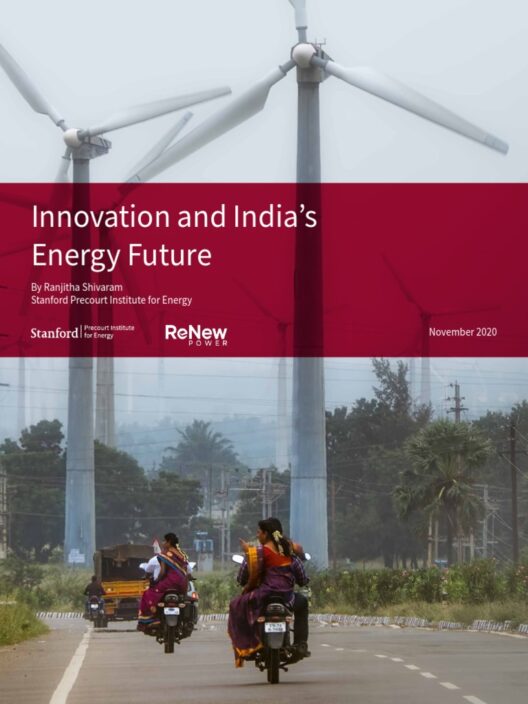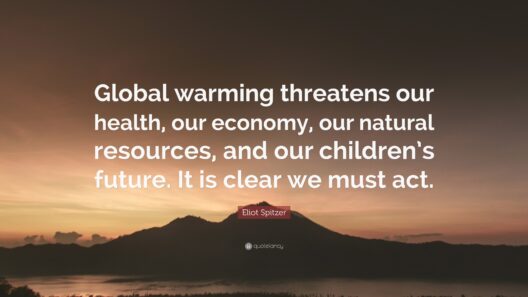Solar energy has been heralded as a panacea for many of the challenges posed by climate change. Its potential to mitigate greenhouse gas emissions and foster energy independence has generated considerable enthusiasm. However, the relationship between solar power and global warming is complex, fraught with paradoxes that invite scrutiny. As the planet warms, the implications for atmospheric solar energy raise significant concerns about the efficacy and sustainability of solar power as a long-term solution.
To grasp this intricate relationship, one must first understand the fundamental sources of solar energy. The Earth receives solar radiation from the sun, which is pivotal for a range of processes, including photosynthesis, weather patterns, and the water cycle. Solar panels convert this radiation into electricity, providing a clean alternative to fossil fuels. Yet, as global temperatures escalate, alterations in atmospheric conditions and solar irradiance patterns emerge, impacting solar energy systems and their output.
One definitive observation is the increasing frequency of extreme weather events exacerbated by climate change. Hurricanes, heatwaves, and heavy precipitation pose direct threats to solar infrastructure. For instance, heavy storms can lead to extensive damage to solar arrays, thus reducing their operational capacity. The resilience of these systems becomes paramount, as they must withstand increasingly unpredictable weather while maintaining efficiency. The conundrum arises: as solar technology proliferates, its vulnerabilities to climate-induced phenomena become ever more pronounced.
Moreover, the geographical distribution of solar energy potential is not uniform. Regions traditionally deemed optimal for solar generation may experience shifts due to changing climatic patterns. For example, areas that previously enjoyed high rates of solar irradiance may see those levels diminish as cloud cover increases or as atmospheric conditions shift. Conversely, regions that were once considered less favorable for solar power may become more viable, yet the transition is not as simple as relocating panels. Infrastructure, investment, and policy frameworks must adapt to these new realities, presenting a formidable challenge to the solar industry.
The phenomenon of atmospheric pollution adds another layer of complexity. The increase in carbon emissions contributes to the formation of particulate matter in the atmosphere, which can block incoming solar radiation. Studies indicate that enhanced pollution levels can reduce the amount of solar energy reaching the Earth’s surface. This attenuation of solar irradiance diminishes the production capacity of solar panels, undermining efforts to transition to renewable energy sources. Thus, the air we breathe, a significant vector of climate change, paradoxically becomes a barrier to harnessing a critical energy source.
Furthermore, the urban heat island effect exacerbates the situation. In densely populated areas where concrete and asphalt dominate, temperatures can soar above surrounding rural locations. This increased temperature can cause thermal stress in solar panels, leading to diminished efficiency. Interestingly, elevated temperatures can affect the bandgap of photovoltaic materials, sometimes resulting in a decline of energy conversion rates. As cities expand in a warming world, the sustainability of solar installations in these locales becomes an urgent question.
One cannot overlook the impact of climate change on the lifespan and maintenance of solar technologies. Elevated temperatures contribute to accelerated degradation of components such as inverters and batteries, necessitating more frequent maintenance and replacement. This not only increases the operational costs for solar installations, but it also contributes to the environmental burden associated with the lifecycle of solar panels. The materials used in photovoltaic systems often require significant energy inputs for extraction and processing, and their relatively short lifespan in a changing climate compounds these environmental impacts.
The discourse surrounding energy storage is also relevant in the context of fluctuating solar output due to climate change. As solar energy generation becomes less predictable, the demand for effective energy storage solutions intensifies. Current technologies, such as lithium-ion batteries, face challenges related to resource availability, technological efficiency, and environmental impact. It becomes evident that without significant advancements in storage technology, harnessing solar energy effectively in an increasingly erratic climate remains a precarious endeavor.
Moreover, the socio-economic aspects of transitioning to solar energy in the face of global warming deserve attention. Inequities in energy access can become pronounced as climate change exacerbates existing disparities. Low-income communities and marginalized populations may lack the resources to invest in solar technology, leaving them vulnerable to both energy insecurity and the impacts of climate extremes. Thus, any transition strategy must include equitable access to solar technologies and the benefits they confer, ensuring that all communities can contribute to and benefit from renewable energy initiatives.
In conclusion, as the world strives toward a sustainable energy future, the intricate interplay between solar power and global warming demands careful consideration. The promise of solar energy remains potent, yet its viability is not assured. Increasing extreme weather events, shifting irradiance patterns, atmospheric pollution, and socio-economic challenges intertwine to create a complex tapestry. Engaging with these issues requires a multifaceted approach that combines technological innovation, policy reform, and social equity. The fate of solar energy in a warming world hangs in the balance, necessitating a concerted effort to align its potential with the realities of a changing climate.







